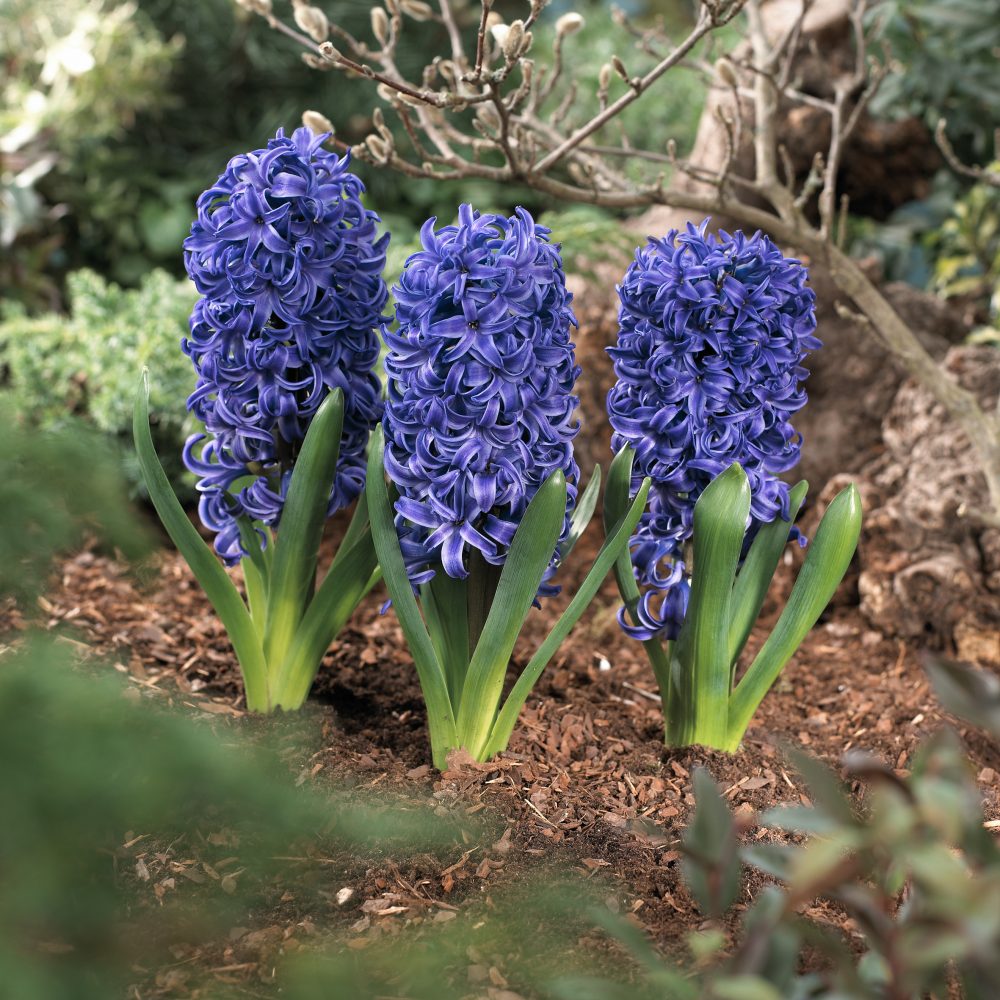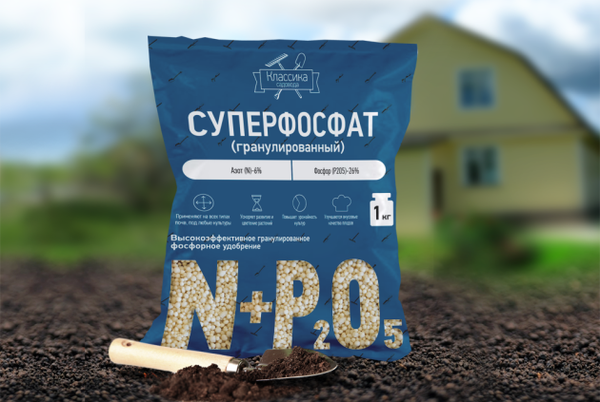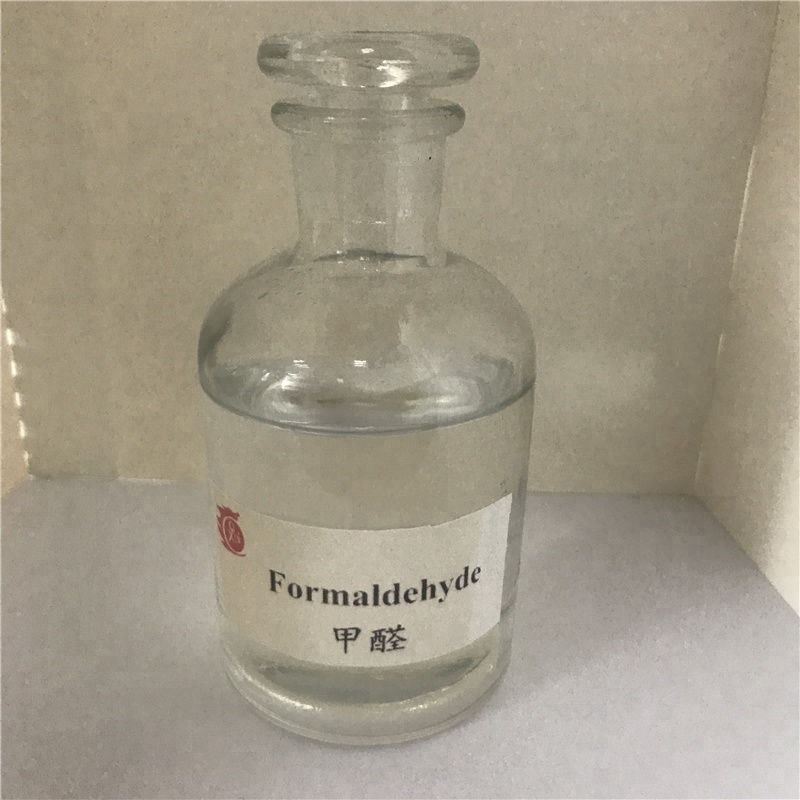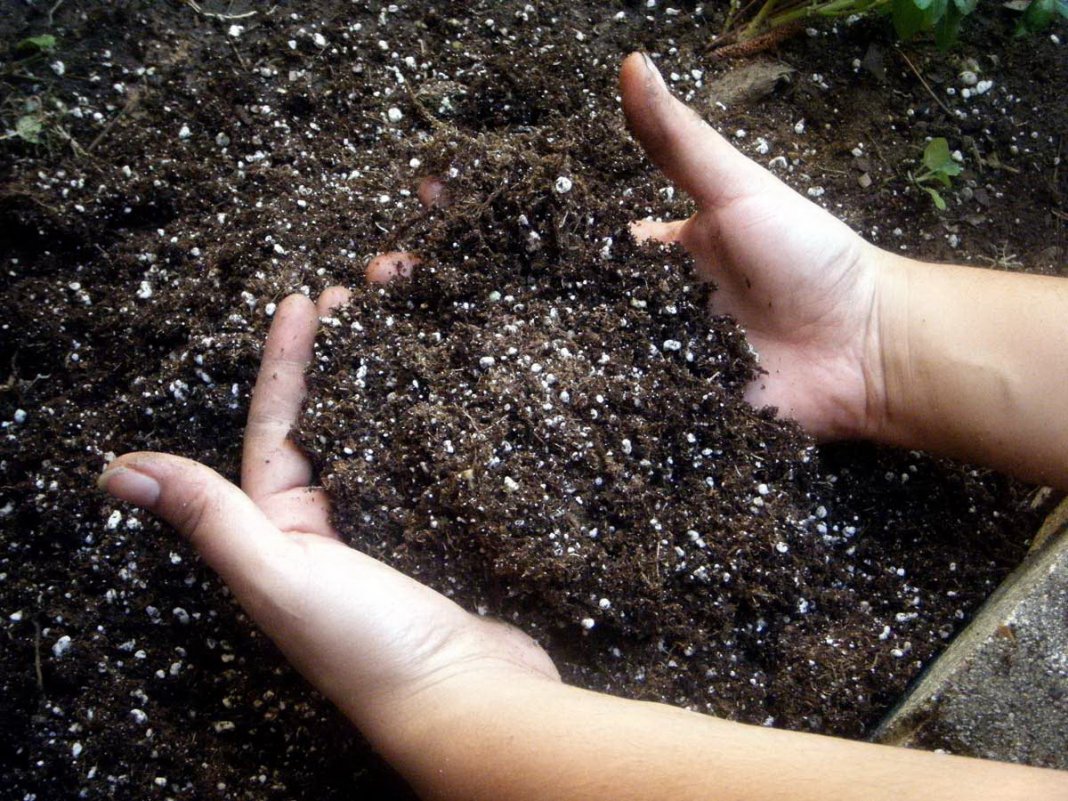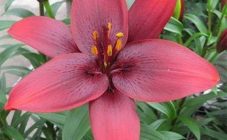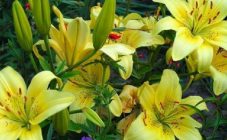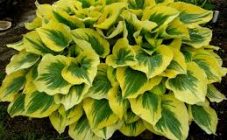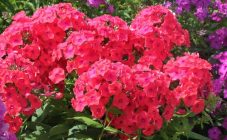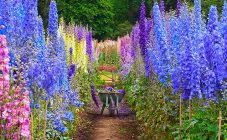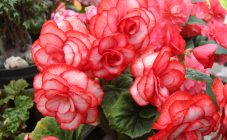Content:
How to care for hyacinth? Hyacinth care requires loosening the soil, weeding, and abundant but infrequent watering. Regular fertilization is necessary.
Outdoor hyacinth care
With the first frosts, flowers require shelter. Leaves, humus, paws of firs are used as it. With the onset of spring, when the soil thaws, all this is removed.
How to care for hyacinth at different times? At the end of summer, preparations should be made for planting in open ground and bulbs care. In the fall, rooting will be easier, since the soil will settle in a couple of months.
In regions with a warm climate, the bed with hyacinths should be covered with mulch (peat, sawdust, coniferous paws, foliage) before winter. The shelter is removed in early spring, as there is a risk of damage to young shoots.
Flower feeding
Hyacinths need regular feeding. The first fertilization is carried out after the sprouts appear. For this, 30 grams of ammonium nitrate is taken per 1 square meter. The second time fertilizers are applied when the buds begin to color. As a top dressing, a mixture of ammonium nitrate, potassium chloride and superphosphate is used. All this is brought under the plants. After the flowers have faded, the soil should be fertilized with a mixture of 40 grams of superphosphate and potassium chloride per 1 square meter.
After the flowers have dried, care consists in watering for two weeks.
During the season, check for diseased flowers several times, which should be removed.
Diseases and pests
As a rule, hyacinths are rarely susceptible to disease. This can happen for several reasons:
- buying already infected bulbs;
- unsuitable soil composition;
- excessive saturation of the soil with fertilizers;
- planting in places where bulbous or root crops grew;
- after digging, diseased bulbs were not removed;
- plantings are thickened.
The disease that can affect the plant is yellow bacterial rot. With this disease, mucus appears on the bulbs. During the flowering period, the disease manifests itself as slow growth, stripes and spots appear on the leaves, they begin to rot. In this case, the affected flowers and bulbs should be destroyed. The place where the flowers grew is treated with formalin or bleach. It is possible to plant hyacinths in this place again only after a few years.
Hyacinth inflorescences may fall out of the leaves. This can be due to an increase in root pressure. This is due to waterlogged soil, storage conditions when the temperature was not high enough, and early planting.
If the flowers are affected by pests, then this affects their appearance. They begin to grow more slowly, the stem with a flower differs in curvature, early begins to wither and turn yellow. Prevention consists in placing the planting material before planting in phosphorus-containing preparations. Sick flowers are removed from the site.
A pest that is dangerous to the plant is the root onion mite. Bulbs and plants are treated with colloidal sulfur before flowering against ticks.
Agricultural technology of cultivation
Characteristics of bulbs for planting
Bulbs are the planting material for the cultivation of hyacinths. The bulb begins to grow thanks to the renewal bud. It consists of small leaves and a future stem on which a flower is formed.
The bulb is fully formed by about 5 years. The size of the planting material depends on the variety.
For growing hyacinths outdoors, bulbs that meet the following characteristics are suitable:
- elastic surface;
- diameter - at least 4 centimeters;
- consists of 6-10 scales and renewal bud;
- the surface must be clean, free from damage and mold;
- from below there should be root rudiments, 2 millimeters in size.
A bulb that meets the above parameters is able to successfully root, endure winter, and give a beautiful bloom in spring.
Hyacinth care and cultivation
Choosing the right garden site for growing hyacinth and caring for the plant before and after flowering helps to get healthy and beautiful flowers in spring.
You can grow hyacinths in an area with good lighting and protection from the wind. It is not worth planting flowers under trees or shrubs, as the roots may not have enough nutrients.
Suitable soil for planting must meet the following conditions:
- Looseness of the soil. Clay soil and black soil should be mixed with peat or sand; an abundance of fertilizers.
- pH (acidity) of the soil - no more than 6.5 units. At a higher level, it is recommended to add lime flour to the soil.
The roots of flowers are sensitive to excess moisture, therefore, the groundwater level at the site should be taken into account. If the level is close to the surface, hills are made for planting or drainage is used.
To prepare the soil for planting, it should be dug up and fertilized. For 1 square meter - 15 kg of humus, 250 grams of lime, 200 grams of ash, 70 grams of superphosphate. Sand and peat are applied according to the type of soil.
The holes for the bulbs are made about 15 centimeters deep.
Depending on the climatic conditions of the regions, hyacinths are planted in open ground from the beginning (September) to mid-autumn (October).
After the hyacinths have faded, depending on the climate, they are either covered for the winter or dug up. The best time to dig up bulbs is mid-summer (late June and early July). At this time, the leaves begin to turn yellow and weaken, so it is easier to remove them.
After the bulbs have been dug up, they should be washed and dried. Next, an examination is carried out for the presence of sick or damaged roots. Young roots are separated for subsequent rearing and reproduction, and the planting material is treated with pests and diseases.
Bulbs are stored in paper bags in a ventilated room with the following temperature regime:
- Store at +20 degrees for a week. This period is required for acclimatization and drying of the roots;
- The next two months are at a temperature of +30 degrees, high humidity must be observed in the room;
- The month before planting is stored at a temperature of 17 degrees. Such a decrease in temperature is necessary for easier adaptation of the bulbs to open ground.
It is also possible to grow hyacinths in a pot at home.
